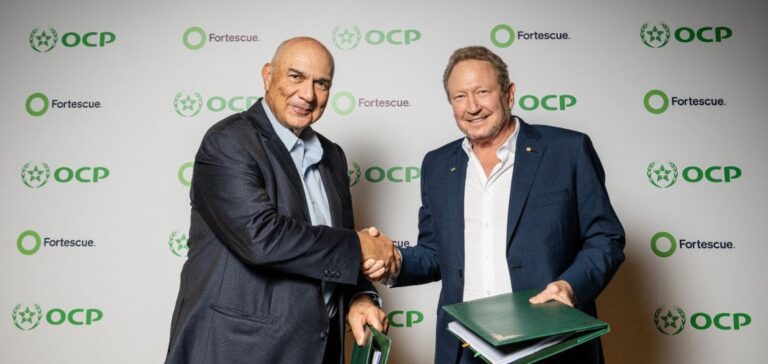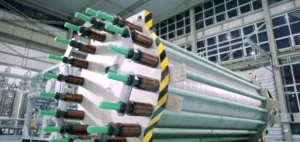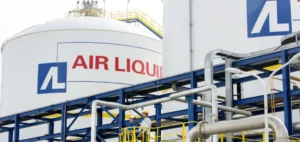The OCP Group, which specializes in plant nutrition and phosphate-based fertilizers, and Fortescue Energy, a division of Fortescue Ltd, have formed an equal joint venture. This initiative aims to produce green hydrogen, ammonia and green fertilizers for Morocco, Europe and beyond. Production facilities will potentially be developed near the Mohammed VI Polytechnic University (UM6P) in Marrakech.
Infrastructure and planned projects
Joint venture plans four flagship projects in Morocco 1. large-scale integrated production capacity for green ammonia and green fertilizers; 2. Green technology manufacturing; 3. An R&D and technology hub in collaboration with Mohammed VI Polytechnic University near Marrakech; 4. Collaboration between venture capital funds to stimulate essential technological advances.
Statements by OCP and Fortescue leaders
Mostafa Terrab, Chairman and CEO of the OCP Group, says: “Our strategic partnership with Fortescue demonstrates our shared commitment to decarbonization and the development of competitive renewable technologies.” Prof. Dr. Andrew Forrest, Executive Chairman of Fortescue, says: “Together, OCP and Fortescue will build a leading and competitive global platform, supporting Morocco in its evolution to a green energy powerhouse.”
Energy capacity and global impact
The joint venture between OCP and Fortescue aims to use green hydrogen and ammonia as sources of green energy and to manufacture carbon-neutral fertilizers that are accessible and affordable to farmers worldwide. Morocco, with its vast wind and solar resources and strategic proximity to Europe and the Americas, is positioned as a major player in the global energy transition.
Economic viability and social impact
Mark Hutchinson, CEO of Fortescue Energy, says: “OCP and Fortescue are fully aligned on their ambitions. We plan to create one of Morocco’s leading integrated renewable energy, manufacturing and technology companies.” This initiative is set to revolutionize the way we power our planet and diversify future global energy security, while creating thousands of jobs and industries in Morocco.
The agreement also includes leveraging INNOVX’s expertise to create sustainable and influential businesses. This partnership is subject to customary closing conditions, including the necessary regulatory approvals.






















